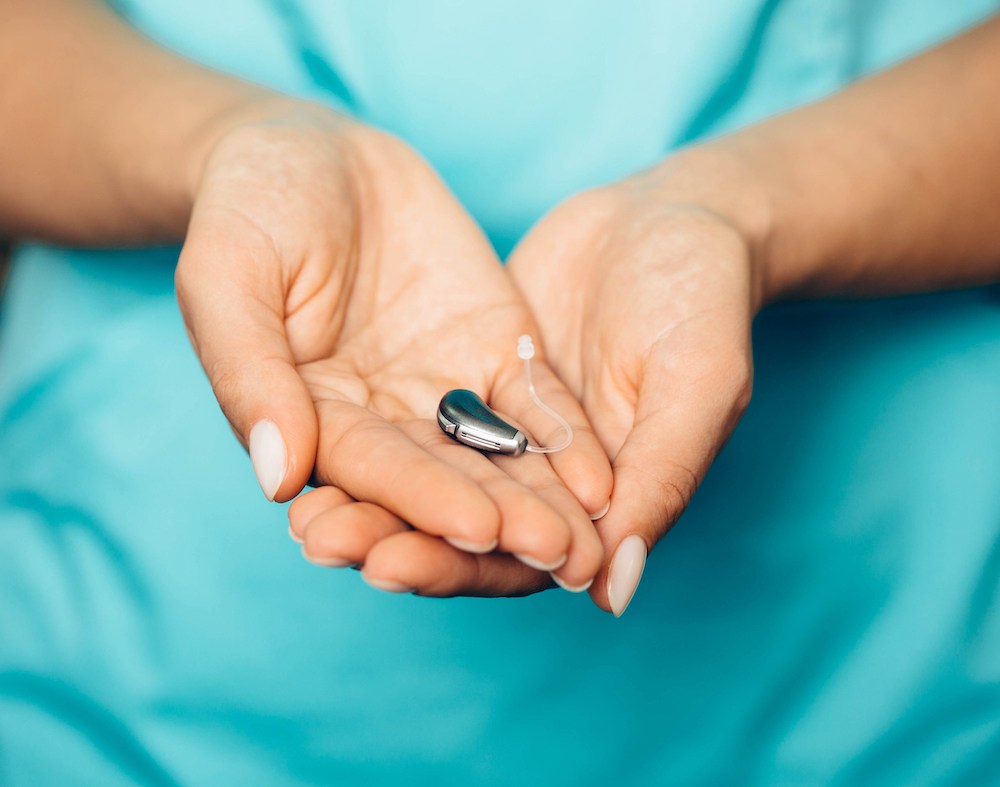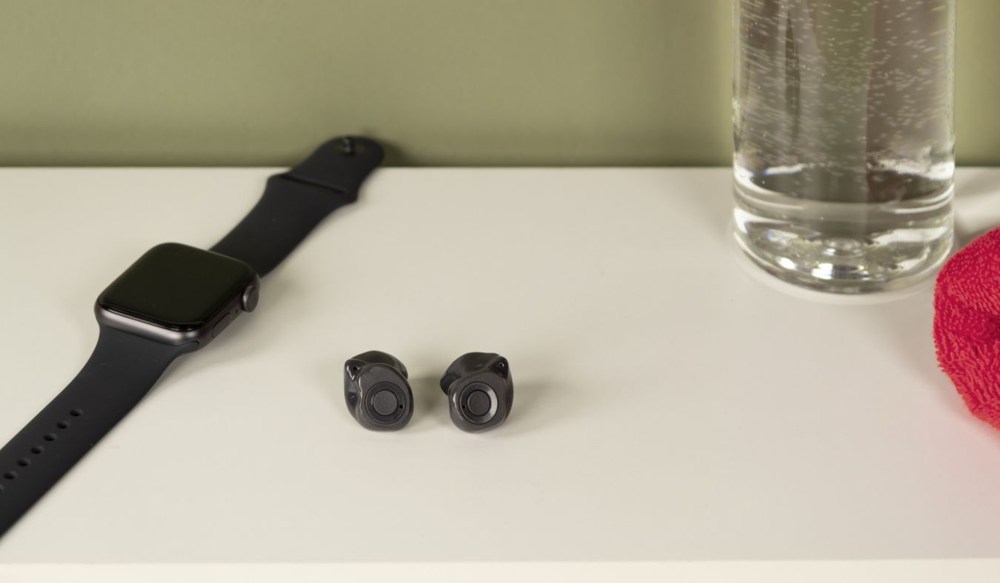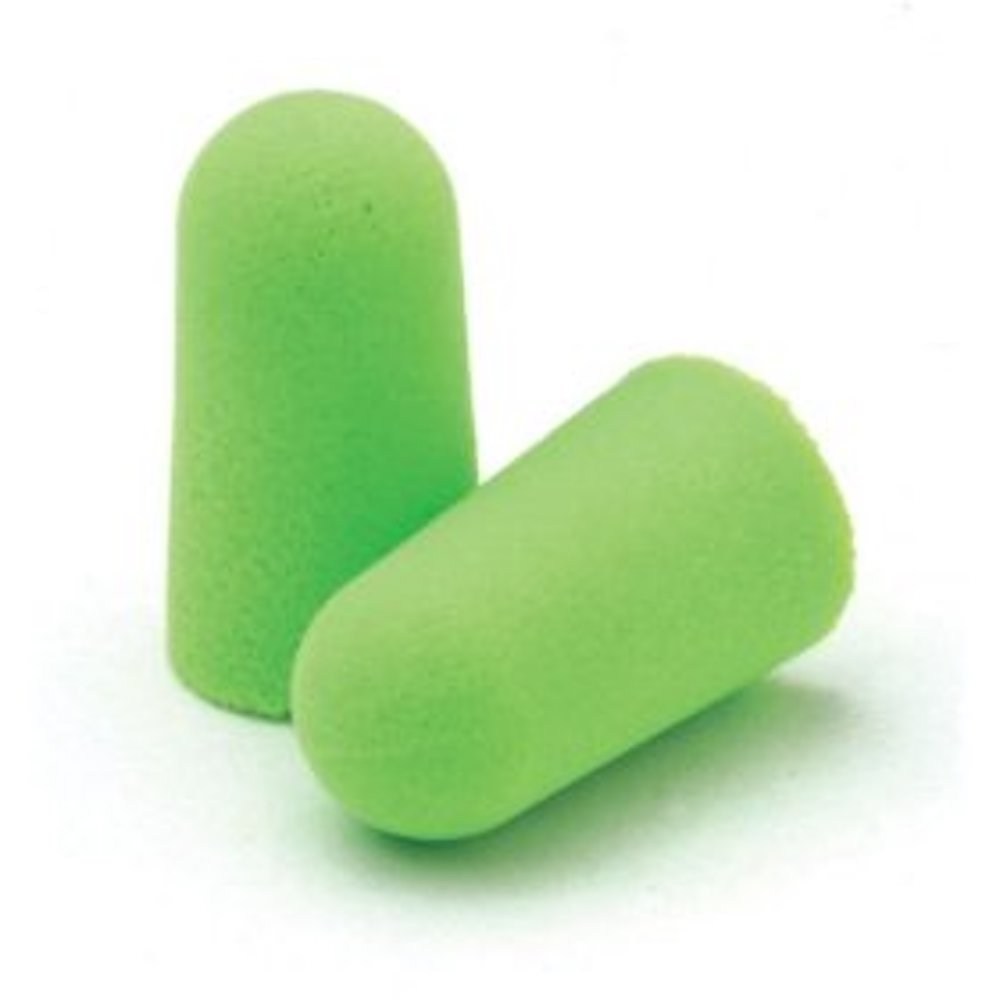Why Hearing Aid Follow-Up Appointments Matter
Getting your first pair of hearing aids marks an important step in


Getting your first pair of hearing aids marks an important step in

If you are exploring different options to improve your hearing, cochlear

Many workplaces expose employees to noise levels that can gradually affect